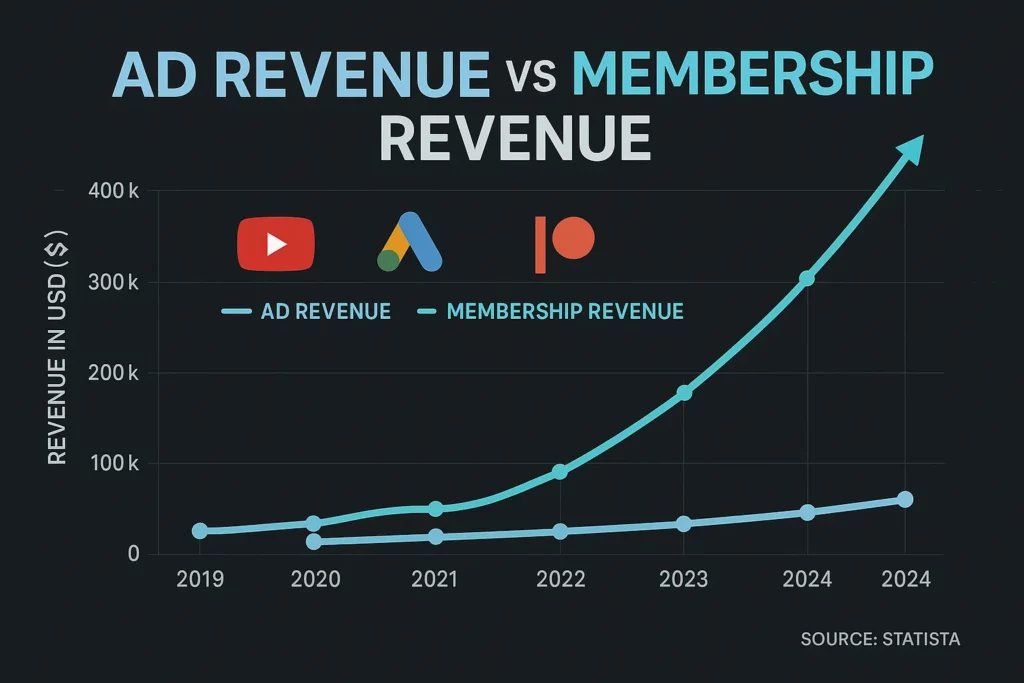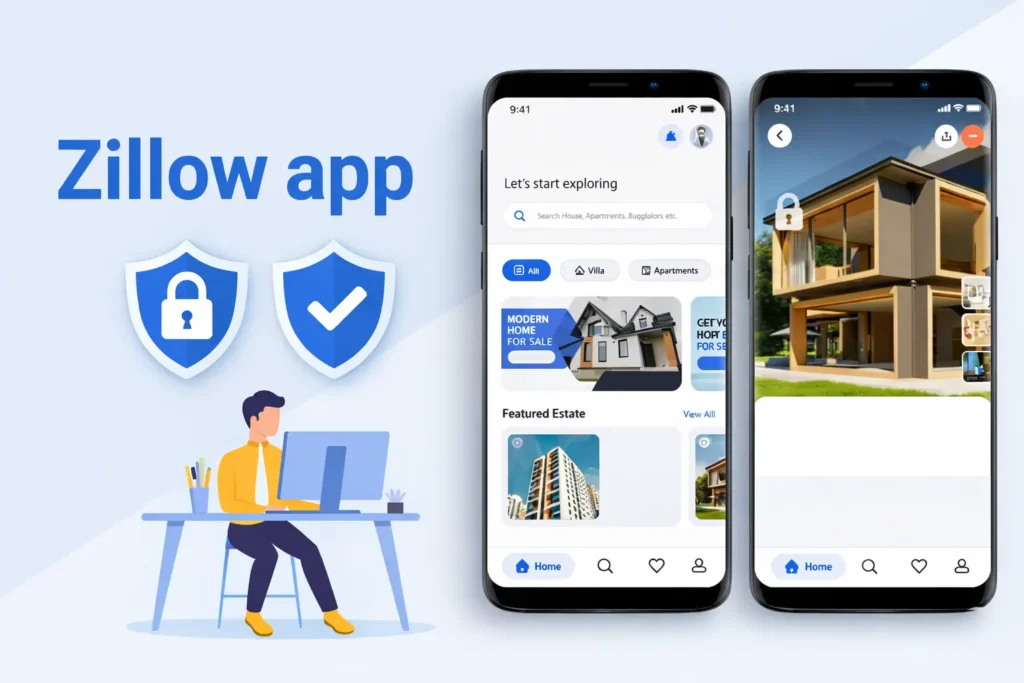You know that feeling when you’ve spent hours crafting a video, podcast, or artwork—and it goes viral, but your wallet doesn’t feel the same buzz? Welcome to the creator economy paradox: attention is high, but sustainable income often isn’t. That’s where content membership platforms come in, flipping likes into livelihoods.
In a world where creators are skipping the middlemen and owning their audiences, membership platforms like Patreon, Buy Me a Coffee, and Ko-fi have become the secret sauce behind financial freedom for many. From indie musicians to newsletter curators, everyone’s cashing in on exclusive access and community building.
But here’s the twist: building your own content membership platform isn’t just for Silicon Valley unicorns anymore. If you’ve ever thought, “I could make a better version of this,”—you’re not wrong. Let’s unpack how to start a content membership platform business (or clone an existing one) with a little help from Miracuves.
What Is a Content Membership Platform, Really?
A content membership platform is like a cozy digital clubhouse—users (aka fans) pay creators monthly (or one-time) fees in exchange for exclusive content, community perks, early access, and shoutouts. Think Netflix, but creator-driven and micro-focused.
These platforms help creators diversify income beyond ad revenue, algorithms, and sponsorships. Plus, they give fans a sense of belonging. It’s a win-win… with some recurring revenue on top.
Why Now Is the Perfect Time to Build One
- The Creator Economy is Booming: Expected to surpass $500B by 2027.
- Fans Crave Closeness: Exclusive fan content is 2x more likely to convert paying supporters.
- Platform Fatigue is Real: Creators are moving from Instagram’s algorithm to their own gated community.
Add to that the rise of no-code tools, clone app solutions, and white-label platforms, and the barrier to entry is melting faster than an Instagram filter.

Popular Content Membership Platforms (and What They Get Right)
Let’s decode the top players in the content membership game:
Patreon
The OG of the space. Offers tiered memberships, exclusive content, merch integration, and Discord perks. It paved the way for serious creator monetization.
Buy Me a Coffee
Casual, creator-first, and simpler than Patreon. Ideal for freelancers, educators, and writers. One-time payments, memberships, and even extras like Zoom calls.
Ko-fi
Very donation-focused with optional subscriptions. Loved by cosplayers, digital artists, and YouTubers.
Locals
More politically-inclined or niche-audience communities. Built-in video, commenting, and community engagement tools.
Fanhouse
Mobile-first and Gen Z-friendly. Focused on fun, behind-the-scenes content. Think selfies, live chats, and flirty exclusives.
Substack
While not always lumped in, Substack lets newsletter writers monetize via memberships. A silent powerhouse.
Memberful
Built for people who already have a website. Think of it as a plug-in to monetize your blog, podcast, or LMS.
How to Start Your Own Content Membership Platform
1. Identify Your Niche
Not all content is created equal. Are you targeting podcasters, adult content creators, spiritual mentors, or chefs? Your niche will shape your platform’s tone, features, and design.
2. Choose Your Monetization Models
Popular ones include:
- Monthly subscriptions
- Tiered access (Gold/Silver/Bronze)
- Pay-per-post or tip jar
- Bundle content packs
- Affiliate programs for creators
3. Build Your MVP (Minimum Viable Platform)
Features to include:
- Creator dashboard
- Content paywall
- Payment gateway integration
- Fan messaging & notification
- Community tools (comments, reactions)
4. Prioritize Mobile Experience
More than 70% of users access creator content via smartphones. Your UX/UI must be native-app friendly, gesture-responsive, and fast.
5. Add Gamification & Engagement
- Creator badges
- Milestone achievements
- Leaderboards for top supporters
- Secret drops or challenges
Mistakes to Avoid (So You Don’t Burn Out at Launch)
- Going too broad with your audience
- Ignoring data and analytics (track creator churn, user LTV, etc.)
- Underpricing tiers (cheap doesn’t always win)
- Forgetting tax/legal compliance (especially globally)
Tech Stack: Build from Scratch vs Clone App
Building from scratch is cool until you’re $200K in and still in beta.
The smarter path? Launch with a clone app tailored to your niche. It’s not “copy-paste”—it’s “cut-launch-customize.” You save time, money, and months of backend headaches.
Conclusion
The creator economy isn’t coming—it’s already in full swing. If you’ve been waiting for the perfect moment to build your own content membership platform, this is your green light. Audiences crave real connection, not just more noise in their feeds.
Whether you’re a content powerhouse, a savvy developer, or an entrepreneurial dreamer, there’s massive potential waiting to be unlocked.
We empowers bold thinkers to launch revenue-ready, high-performance clone apps tailored for creator-led communities. Think big, build fast, earn smart—your platform journey starts here.
FAQs
Q1. What is the best platform to monetize content?
It depends on your niche. Patreon is great for all-around creators, Buy Me a Coffee is perfect for casual creators, and Substack works best for writers.
Q2. Do I need technical skills to launch my own platform?
Not at all. With clone app development from Miracuves, you get a ready-made system that can be customized without writing code.
Q3. How do creators typically earn money on these platforms?
Through monthly memberships, tips, content packs, and fan donations. Some even offer 1:1 sessions or gated community access.
Q4. Is it better to use an existing platform or launch my own?
If you want control, branding, and full revenue ownership—launching your own is the way to go.
Q5. What features should I prioritize in my MVP?
Start with a content paywall, creator dashboard, payments integration, and fan messaging. You can add gamification and community tools later.
Q6. Can I scale my platform globally?
Yes. Just ensure your payment system supports international currencies and taxes. Miracuves apps are built to scale.








